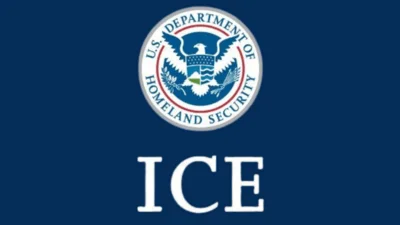Jesse M. Ehrenfeld, MD, MPH President | Official website
"The call for increased regulatory oversight of PBM business practices is overwhelmingly welcomed by physicians as a check against possible anticompetitive harm resulting from low competition and high vertical integration in the PBM industry," said AMA President Bruce A. Scott, M.D. "The findings from the new AMA analysis warrant attention as Congress and the administration continue their work to protect patients and ensure prescription drugs remain affordable and accessible. The AMA urges careful monitoring, and intervention when needed, of both horizontal and vertical integration to ensure competition in PBM and health insurance markets."
Based on 2022 data on commercial and Medicare Part D prescription drug plan (PDP) enrollees, the AMA analysis is the most current snapshot of PBM market concentration at both the national and PDP region levels. It also measures the extent of vertical integration between insurers and PBMs.
Competition in PBM markets is assessed based on three functions for which insurers typically hire an external PBM: rebate negotiation, retail network management, and claims adjudication. The findings are similar across those three functions, so the findings reported below focus on rebate negotiation.
The analysis lists national-level shares of the 10 largest PBMs. It finds that:
- The four largest PBMs collectively have a 70% share of the national PBM market.
- CVS Health is the largest PBM (21.3% market share), followed by OptumRx (20.8%), Express Scripts (17.1%), and Prime Therapeutics (10.3%).
- At the local level, the average PBM market is highly concentrated according to federal antitrust guidelines.
- Eighty-two percent of PDP region-level PBM markets are highly concentrated.
This indicates that only a few PBMs supplied insurers with PBM services and suggests low competition among PBMs.
The analysis found significant vertical integration between insurers and PBMs:
- Nationally, insurers that are vertically integrated with a PBM covered 72% of people with a commercial or Medicare Part D PDP.
- The share of people covered by an insurer that is vertically integrated with a PBM is higher in the Medicare Part D market (77%) than in the commercial PDP market (69%).
- At the PDP region level, an average of 70% of people are covered by an insurer that is vertically integrated with a PBM.
- There is wide variation across PDP regions, with some having little vertical integration between insurers and PBMs while others are almost entirely vertically integrated.
The analysis also lists national-level shares of the 10 largest PDP insurers and ranks each according to commercial, Medicare Advantage PDP, and standalone PDP markets:
- UnitedHealth Group is the largest commercial PDP insurer with a 13.0% share, Medicare Advantage PDP insurer with a 28.2% share, and third-largest standalone PDP insurer with a 17.6% share.
- Kaiser follows closely behind in the commercial market with an 11.4% share but holds only a 6.9% share in Medicare Advantage PDPs.
- CVS Health leads in standalone PDPs with a 25.6% share while Centene follows it closely at 17.8%.
The analysis contributes to ongoing efforts by AMA to highlight lack of competition within health insurance markets as part of its mission to protect patients' interests.
For more information about AMA's initiatives against anticompetitive mergers, visit their website.





